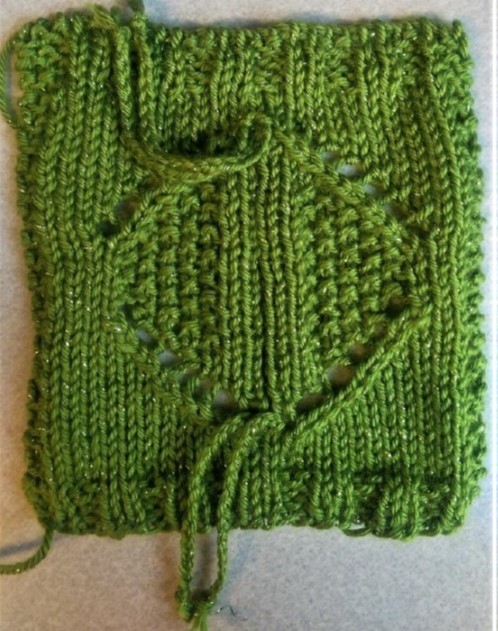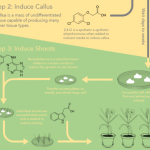Articles and projects by ASPB Conviron Scholars
The inaugural class of ASPB Conviron Scholars are wrapping up their virtual course, which included discussions and exercises on various aspects of professional development, from communication to leadership.
As part of the course, they were asked to write a blog post and do some sort of independent project to illustrate or explain a facet of plant science to the broader public. Here are some of these posts and projects:
Dev Paudel is a PhD student at the University of Florida. For his project he has created a set of tutorials on using R for data analysis, and written a post on how to create a website using github.
Elizabeth Feldeverd, a MS student at the University of Hawaii at Manoa, has written an article called “Glow and Behold” about how to use fluorescent proteins to determine where proteins localize within cells. She also created a board game called “Inflorescence”that combines principles of flower development and protein folding.

Xinyu Fu, a PhD candidate at Iowa State University, wrote an article about “Chemical Languages: The Way Plants Talk to Themselves and Others“. She also created a video about the health and nutritional effects of plant fats and oils.
Lucas Vanhaelewyn is a PhD student at Ghent University in Belgium. For his independent project he created a public outreach event for the Ghent Light Festival on how plants bend in response to different colors of light, which he has written about here.

Juniper Kiss, an undergraduate student at Aberystwyth University in Wales (UK), has created a website called “Why Study Plants” full of information about study and work opportunities in plant sciences.
Nicole Choquette, a MS student at the University of Illinois, created three educational activities for an outreach program called Plants iView, in which graduate students visit local schools. Her activities help students learn about stomata, genetics, and plant reproduction. She also wrote about a Life-Long learning program she was involved in, in a post called “You’re never too old for science“.
Alex Rajewski, a PhD student at the University of California, Riverside, created an infographic about plant tissue culture which you can view and download here.
Andika Gunadi, a PhD student at Ohio State University, prepared slidescontaining basic principles and resources about the how and why of plant transformation (from Agrobacterium to genome editing), suitable for high school through early graduate students.

Beverly Agtuca, a PhD student at the University of Missouri, developed a classroom activity called “Garden in a Glove” – check it out here.
Virginia Markham is a PhD student at Berkeley. For her project, she created an infographic showing which crop plants are available commercially as GM varieties.
George Markou is a graduate student at the University of Minnesota. He wrote about an outreach event he participated in here.
Hannah Lucas, a PhD student at Washington University in St. Louis, urges scientists to take a “A Holistic Approach to Research“.
Mie Monti, a MS student at Cambridge University, wrote about “DIYBio and Plant Science” – various efforts to support the participation in science of people who are not affiliated with a lab, such as Maker Spaces and the iGEM competition.
Victoria DeLeo, a PhD student at Penn State, is developing a set of knitting squares to illustrate the important stages in land plant evolution. Check it out here, “A Knitted History of Plant Evolution“.

The students would love to get feedback on their projects and can all be reached through their profiles on Plantae.org. Please have a look, try out the games and resources and share with others!



